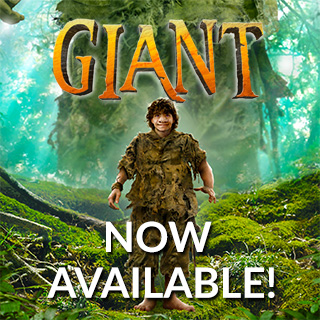Using Mythology to Write Fantasy: Creating the Merlin Saga

Children and young adults understand both the fun and the power of a good story.
What could be more exciting than traveling without limits to other times, other value systems, and other universes? Creating lands in those other dimensions, where reality is bent in intriguing, yet somehow still believable ways, can be a challenge.
And just as the places must feel real, the characters of your tale must also be real to readers. Their personalities, their backstories, their hopes and dreams… these must all feel as if you know the character personally.
The problem you face is where to begin.
It All Started with a Dream
My journey with Merlin began with a dream. And I knew from that moment I had been given a story that had to be told. After all, we’ve all experienced the power of this great wizard in stories old and new, but never before had it been told as an origin story.
Where did his power come from? What must he have endured and experienced as a youth to be so wise? What is it about this great human that has caused us to find reasons to be immersed in his story for over 1500 years?
I realized that, in the glorious tapestry of myth about Merlin, a tapestry whose luminous threads had been woven over 15 centuries, there was a big hole: the years of his youth. So that was my greatest challenge: To fill in this gap, this mystery, of his youth – with all the richness and majesty and power Merlin deserves!
Building Lore from Myths, Legends, and Tales
Like many other writers — J.R.R. Tolkien, for example — I’ve drawn much inspiration from ancient myths that have endured for centuries.
Whether Celtic lore, Norse legends, Greek myths, or Native American tales, those myths carry great power. But they may also have gaps that can be filled by modern storytellers. If that is done with great respect, we can have the best of both worlds: stories with enduring depth and a fresh, original twist.
Taking ancient myths and metaphors and giving them fresh new forms is one of the greatest challenges, as well as joys, of writing. If the writer can succeed at that challenge, longstanding truths become vibrant and meaningful to new generations of readers.
My Favorite Sources for Creating Lore
There is a tremendous amount of material on Celtic, Greek, Druid, Norse, and Christian sources. All of those sources have informed my writing. All of them hold great depth and richness.
Here are my suggestions on where to start:
For an overall perspective, nothing beats Joseph Campbell’s classic, Hero With a Thousand Faces.
An excellent text on Celtic history and myth is The Celtic World, edited by Miranda J. Green and published by Routledge. You will also want some good resources about the ancient Druids — the kind of book or website that will help you discover that I took the phrase “Dance of the Giants” from the old Druid word for Stonehenge.
A great book on Greek mythology is Gods and Heroes: Myths of Ancient Greece, by Gustav Schwab, published by Pantheon. In this text are all the stories I refer to in The Lost Years of Merlin books – and many more. For example, this book contains the lovely story of Baveis and Philemon, which foreshadows what will happen to the old couple T’eilean and Garlatha whom Merlin meets on his initial quest.
For some additional references, check my Author’s Note at the beginning of The Lost Years of Merlin. I name several good sources, including the poet Tennyson and the British historian Nikolai Tolstoy.
The amalgamation of these stories, tales, and texts has helped me create the various layers of my fantasy lands so that you, as readers, are able to feel as though you’re stepping into a complete world. These existing tidbits of lore give my lands their own histories and depth, without getting readers too bogged down in countless hours of backstory.
Reality Gives Fantasy Wings
Whatever worlds I’ve written about—whether Merlin’s Isle of Fincayra, Avalon, the lost island of Atlantis, a fictional Native American tribe, a faraway galaxy, or any other place—must feel authentic. That’s the key.
Creating lands that are as relatable as they are fantastical requires intricate attention to detail. You must think about the unthinkable, consider the unimaginable, and make the myth and the magic make sense. I find creating lore — the stories behind the stories — to be one of the most difficult, but also delightful parts of my storytelling.
If that world feels real, then anyone can enter into it — and have a big adventure. Those imaginary places need to feel every bit as real as a Colorado wildflower meadow in the height of summer — with all the right colors, sounds, smells, tastes, and touches.
All of my greatest stories, as original and unique as they are, don’t stand alone. It is their various existences in the fabric of our realities, the lore, and myth that permeates our histories, that give them their meat and strength. It’s what makes them relatable and authentic in a way that doesn’t require you to entirely suspend reality to enjoy them. It just asks you to push what you know aside to make way for something even more magical!

